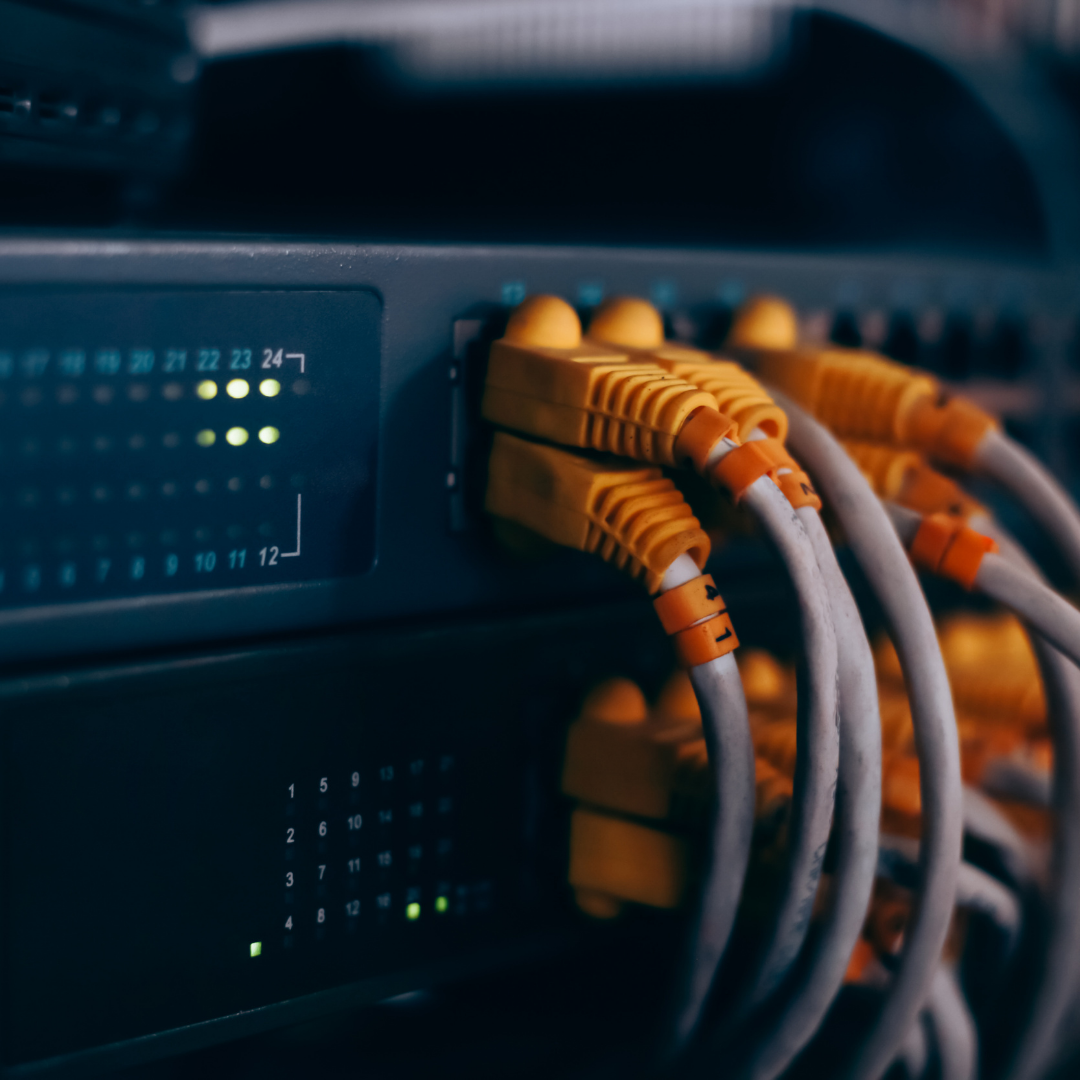Choosing a router can be difficult. It may seem like a simple task to find a product that’s better than others on the market, but in reality, there’s no easy way to know if you’re making the best decision for yourself. There are a lot of factors to consider, such as budget, features, the current wireless standards, and more. We’ll help you navigate the world of routers without getting lost.
What is a router?
A router is a device that connects computers to the internet. Routers come in all shapes and sizes, from small, lightweight devices that can be plugged into your laptop or desktop computer to larger, more powerful appliances that can be mounted in the middle of your living room. Even port forwarding devices allow you to share your Internet connection with another computer or other devices, such as your Xbox or PS3. Using your router, you can share your Internet connection with your home network, childrens’ rooms, or offices.
The first routers were created in the late 1970s. These early models, however, were not very reliable. The internet was not very popular at the time, so it was not a common practice to link computers together. However, in the early 90s, many homes started to be connected with the internet. In order to connect these computers, the companies started to create routers to do this task.
All home routers have the same purpose: to give the devices in your home an internet connection. They do this by offering their users the ability to connect devices to the internet using an IP address as a unique identifier. In that way, a router acts as a switch, distributing the devices in a home’s network. The router can also connect to other devices that are not connected to the internet, like a gaming console.
Choosing a good router is not an easy task, especially if you are a newbie who is just starting out. The purchasing process can be daunting, and the products seem to come in endless varieties. Complexities, such as saving money, speed, and connectivity, are present in most of the routers on the market. Here are some of the aspects to consider before buying a new router.
- It should be Dual-band
While routers are relatively simple devices, finding the right fit for your needs can be difficult. Budget-wise, look for a dual-band router with at least three antennas to provide the best coverage in your home. It will speed up your Wi-Fi network, reduce lag and streamline your network. Optical router technology is the latest way to bring more speed and reliability to the wireless network. Great for people who want a router you can place anywhere in their home. Check out the latest routers from such brands as Netgear, TP-Link, Netgear, and more.
- Check the real-life speed of your chosen router
There are many different types of internet routers and many different speeds. No one wants to buy a router that is too slow, but too slow is not always a bad thing either. Many websites offer to “test” your router’s download speed and to provide a report. However, these reports are not always accurate, and the speed is often exaggerated. A lot of people are looking to buy a new router, but they often don’t know how to find the right one. There is a multitude of choices to pick from – from the simple to the complex. The router of your choice should work for your household for years to come, so you are concerned about getting the right one for your requirements.
- The router should have a USB port
Almost every household with a broadband connection has a router, and it’s no surprise that a lot of people think of the router as a key component in the home network. The router allows computers to talk to each other, and it’s an important part of any home network, but it also does a lot more. Routers are home routers that serve a number of other functions, so it’s important to choose the one that’s right for you and your needs.
Additionally, for users with advanced networking needs, sfp sr modules can enhance connectivity. SFP SR stands for Small Form-Factor Pluggable Short-Range, which is a transceiver used for high-speed data transfer over short distances, typically in data centers or high-performance networks. These modules are compatible with Ethernet switches and routers, enabling seamless 10-Gigabit connections to optimize network performance.
As always, more and more people are buying and using routers, but most of these are pretty basic. Most of them include a number of ports for connecting various peripherals, including an ethernet port, a USB port, and a Wi-Fi port. However, a small but growing number of routers, called “dual-band routers,” are capable of operating on both the 2.4 GHz and 5 GHz frequencies. Although initially designed to overcome some of the limitations of 2.4 GHz, these routers are superior to regular routers in other ways.




